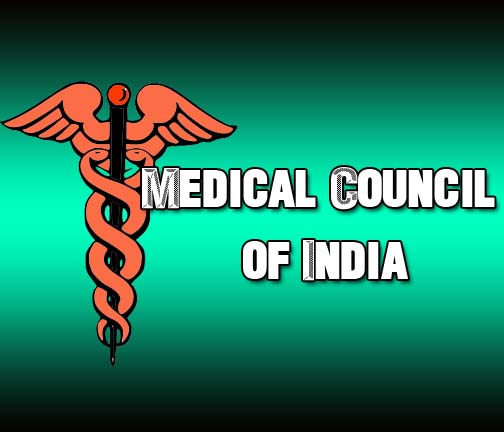Rural MBBS to bring doctors back to villages
 To make up for the shortfall of doctors in rural areas, an alternative cadre that will work exclusively in villages is in the pipeline. Medical innovation
To make up for the shortfall of doctors in rural areas, an alternative cadre that will work exclusively in villages is in the pipeline. Medical innovation
About 50 students from each state will be selected and taught in a rural setting for most part of the four-and-a-half years degree, to serve in their own district after graduation.
The Medical Council of India (MCI) has the syllabus ready. “We have proposed that it be called MBBS (Rural), with some restrictions, such as the doctors cannot practice in urban areas for the first 10 years,” said Dr Ketan Desai, president, MCI.
After 10 years, the student can apply for a post-graduation medical degree.
“The medical education has limitations and deficiencies when it comes to making doctors serve in rural area,” said Health Minister Ghulam Nabi Azad. “Once doctors study in cities, they don’t want to go back to rural areas and no amount of incentives has made them do this. So we need an alternative model... to create rural doctors.”
In India, there is one doctor for every 1,500 patients. The World Health Organization recommends a doctor for every 250 patients.
The model — called innovation in medical education — proposes teaching, training and learning to be acquired at three different phases (see box).
Instead of sitting for a medical entrance examination, students will be selected from the catchment area of primary health centres on the basis of marks obtained in “intermediate examination
(Class XII) with Physics, Chemistry and Biology as a subject”. Weightage would be given to the applicants who have studied in village schools.